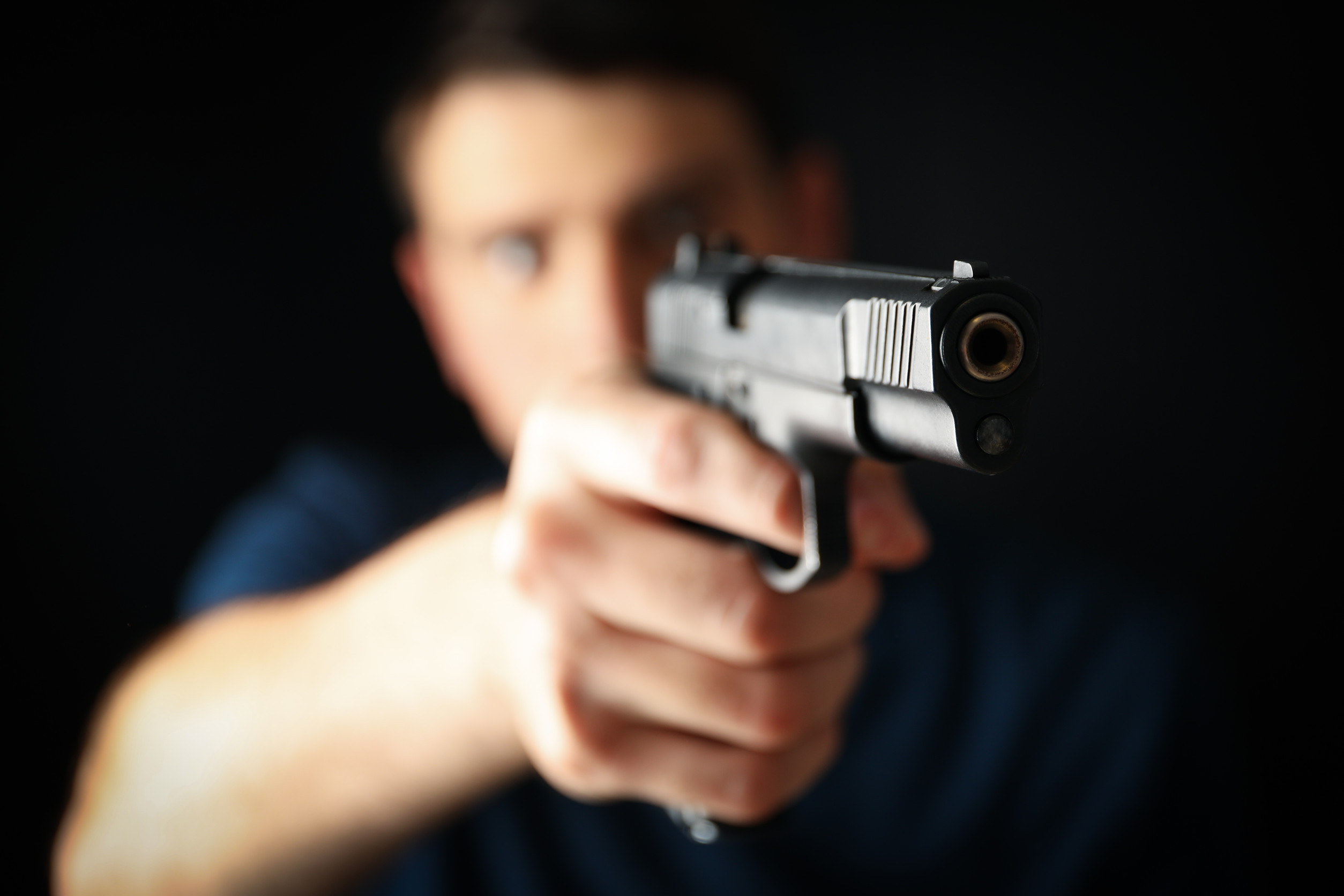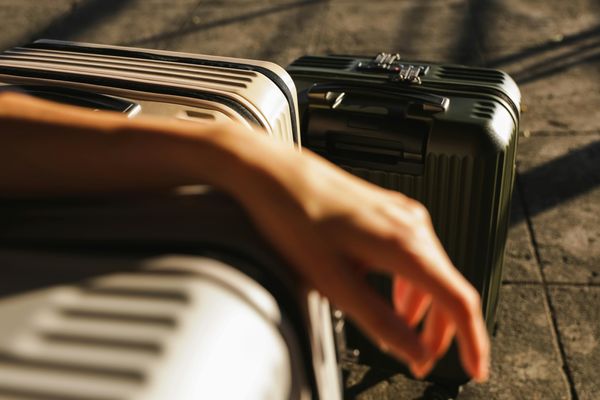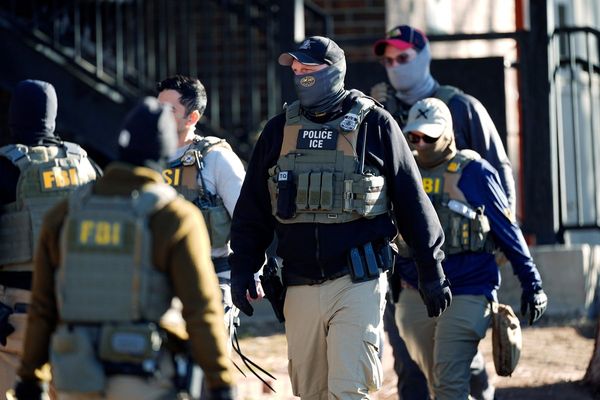
Let’s be honest—selecting the right handgun caliber isn’t just about popularity or personal preference. When adrenaline spikes, you want a caliber that performs consistently, delivers stopping power, and won’t fail you at the worst possible moment. Experts and ballistics pros often caution against certain calibers not because they’re illegal or uncommon, but because, under stress, they simply don’t hold up. Knowing which choices may let you down—and why—can make all the difference between safety and regret. Here’s a look at seven calibers experts say are risky for self-defense.
1. .22 Long Rifle – Affordable but Unreliable
The .22 LR is undeniably cheap, widely available, and low-recoil, which makes it great for training and practice. But its rimfire design comes with a notably higher misfire rate—1–2% for high-quality loads, and up to 8–10% for budget bulk ammo. It also struggles to meet FBI penetration standards due to low muzzle energy, especially through clothing and barriers. In high-stakes situations, every round counts—and misfires can cost you. Experts generally agree that while .22 LR can be fun for range time, but it’s a poor choice for reliable defense.
2. .25 ACP – A Tiny Round with Big Risks
The .25 ACP is an old pocket pistol round that now largely lives on nostalgia. It delivers shallow penetration and barely half the energy of many .22 LR loads. Real-world injury data reveal a worrying statistic: 35% of people shot with .25 ACP weren’t incapacitated—the failure rate is twice that of .380 ACP. Even defenders like Greg Ellifritz advise skipping micro-rounds like the .25—even small improvements like proper shot placement can’t fully compensate for this caliber’s shortcomings.
3. .380 ACP – Marginal, But Not Ideal
The .380 ACP is widely considered the minimum caliber for self-defense, primarily due to its widespread availability and manageable recoil. That said, its stopping power is considerably less than larger cartridges, and its energy output can fall short in challenging situations. While it’s better than micro-calibers, experts often caution that .380 ACP offers just enough performance to be viable—and nothing more. In a crisis, you may need something with more punch and reliability.
4. .32 ACP – Legacy Round, Legacy Issues
Although not always at the top of the “avoid” lists, the .32 ACP is commonly grouped with underpowered, outdated cartridges—including the .25 ACP and micro-frames. It simply doesn’t deliver enough energy or reliable penetration for modern defensive expectations, especially when compared to more capable compact calibers like 9mm. Experts consider it one of the smallest “viable” rounds—barely—and caution that there’s no real advantage over more modern options.
5. Rimfire Micro Calibers – Risky by Design
This category includes rounds like .22 WMR, .22 Short, and others that share the rimfire design. Like the .22 LR, they suffer from misfires and inconsistent performance due to the rimfire primer mechanism itself. Their low energy also renders them poor at penetration and stopping threats, especially through barriers. Regular reliability is a must when it’s life on the line, and rimfire rounds often simply can’t guarantee that.
6. Anecdotal or Finicky Pistols—Caliber Isn’t Everything
Sometimes, the caliber gets a pass—but the platform doesn’t. Certain handguns, regardless of caliber, are known to be finicky under stress. For example, the Kimber Solo Carry (in 9mm) was criticized for being ammo-sensitive and prone to jamming, even with quality rounds. The bottom line: even a decent caliber can fail when housed in a trouble-prone firearm.
7. Underpowered or Obsolete Rounds from Early Tests
Historical caliber tests like the Thompson–LaGarde trials revealed hard truths, such as the inability of revolver rounds like .38 Long Colt to stop threats effectively. While we’ve upgraded past those designs, the lesson remains—underpowered rounds that fail in ballistic tests often fail in real life, too.
Choosing Calibers That Won’t Let You Down
When evaluating handgun calibers for self-defense, the data is clear: avoid rimfire and micro-calibers like .22 LR, .25 ACP, and .32 ACP. While .380 ACP is more viable, its limitations still make bigger calibers a smarter pick under pressure. Aim for centerfire handgun calibers with proven stopping power and consistency—reliable options like 9mm, .40 S&W, or .45 ACP typically offer a better balance of energy, reliability, and availability. Remember, the caliber is only as good as your ability to shoot it and the gun’s dependability. Choose wisely, train often, and stay safe.
Have you had any experience with these calibers in stressful situations, or found success with others? Share your stories and insights in the comments below!
What to Read Next…
- 10 Handgun Carry Mistakes That Could Put You at Risk
- 8 Legal Mistakes First-Time Gun Owners Keep Making
- These 6 Guns Look Great—But Perform Terribly at the Range
The post 7 Handgun Calibers Experts Warn Could Fail Under Pressure appeared first on Clever Dude Personal Finance & Money.







